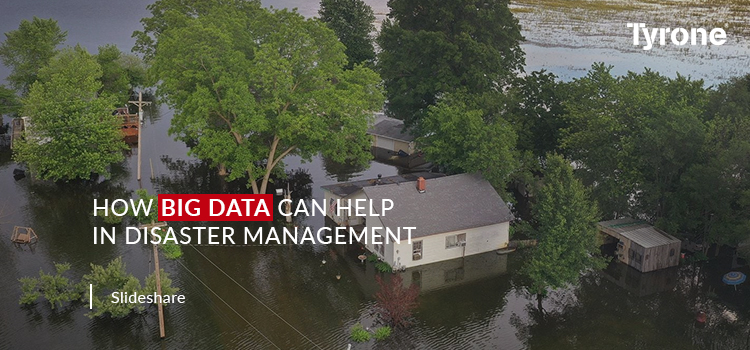Undoubtedly, the age of big data has opened new options for natural disaster management, primarily because of the varied possibilities it provides in visualizing, analysing, and predicting natural disasters.
From this perspective, big data has radically changed the ways through which human societies adopt natural disaster management strategies to reduce human suffering and economic losses.
In a world that is now heavily dependent on information technology, the prime objective of computer experts and policy makers is to make the best of big data by sourcing information from varied formats and storing it in ways that it can be effectively used during different stages of natural disaster management.
Benefits and Importance of Big Data Storage in Disaster Management:
Big data is defined as the technological paradigm that allows researchers to conduct an efficient analysis of vast quantities of data that is made available through the current practices.
It is the collection of scientific and engineering methods and tools that help in making the best of massive amounts of available data. Big data addresses not only storage issues, but also issues related to accessibility, distribution, analysis, and effective visual presentation of data and analysis.
More precisely, communication also entails understanding and monitoring the entire body of public and openly available communication such as messages and content that is publicly exchanged on social media.
In such situations, people may be exchanging messages in reporting their condition to their loved ones or making appeals for help. However, big data allows researchers to conduct a detailed analysis of all communications which provides valuable information that has a general validity for the population at large; such as information about a disease outbreak.











